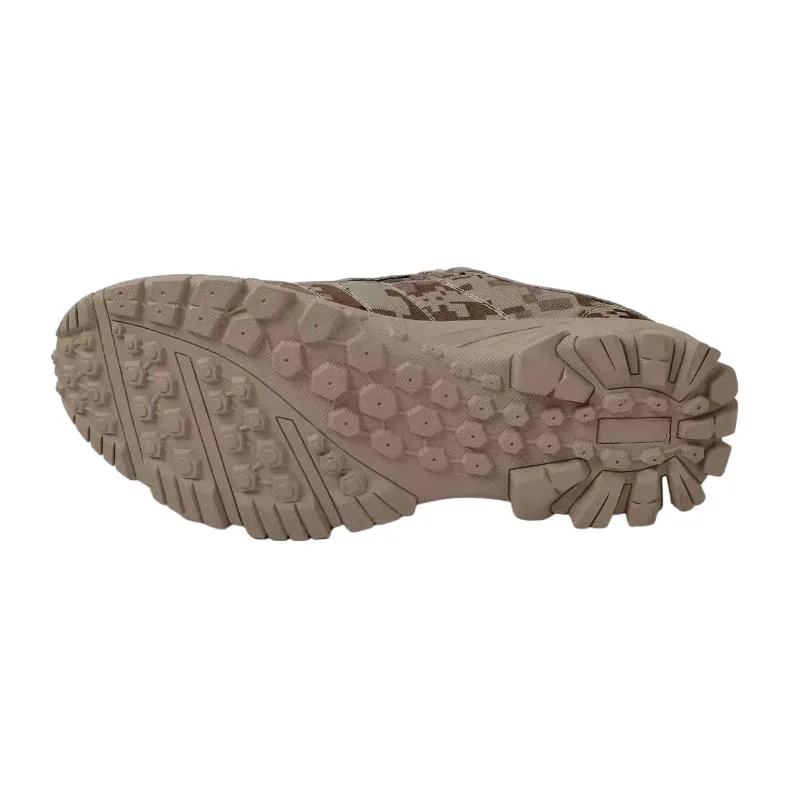Sustainable Sneakers A Step Towards Greener Fashion
In the era of fast fashion, the environmental impact of our clothing choices has become a pressing concern. As consumers become increasingly aware of the ecological footprint of their purchases, the demand for sustainable alternatives is on the rise. One category gaining particular attention is footwear, specifically sneakers. Sustainable sneakers are not just a trend; they represent a significant shift in how we perceive fashion, encouraging a more mindful approach to what we wear and how we impact the planet.
What Makes Sneakers Sustainable?
Sustainable sneakers are designed with an emphasis on environmentally friendly practices throughout their lifecycle. This includes the materials used, the manufacturing processes employed, and the product's end-of-life disposition. Key attributes of sustainable sneakers often include
1. Eco-Friendly Materials Many brands are now using recycled materials, organic cotton, hemp, and even innovative biodegradable fabrics. For instance, recycled plastic bottles can be transformed into lightweight and durable shoe components. This not only reduces waste but also minimizes the extraction of virgin materials.
2. Ethical Production Sustainable sneaker brands often prioritize fair labor practices, ensuring that workers involved in the production process are paid fairly and work in safe conditions. Transparency in the supply chain is also a critical element, as consumers increasingly want to know where and how their products are made.
3. Durability Unlike fast fashion items that are designed to be disposable, sustainable sneakers tend to be built to last, promoting a “buy less, choose well” philosophy. By investing in high-quality footwear, consumers can reduce their overall consumption and lessen their ecological footprint.
4. End-of-Life Solutions Some sustainable sneaker brands offer programs for recycling or repurposing old shoes. This circular approach is aimed at reducing landfill waste and extending the lifecycle of the products.
The Rise of Sustainable Sneaker Brands
sustainable sneakers

Several brands have emerged at the forefront of the sustainable sneaker movement, each with unique approaches and philosophies. For example, Allbirds uses merino wool and eucalyptus tree fiber in their shoes, highlighting natural materials as an alternative to synthetic options. Another brand, Veja, focuses on transparency and social responsibility, sourcing wild rubber from the Amazon and involving cooperatives that support local communities.
Moreover, larger, well-established sneaker companies are beginning to adopt sustainable practices. For instance, Nike has launched its Move to Zero initiative, which aims to reduce waste and carbon emissions across its operations. Similarly, Adidas has released lines featuring ocean plastic, showing that even traditional sportswear companies are adapting to the call for sustainability.
The Consumer Perspective
As consumers, our choices drive demand. The growing popularity of sustainable sneakers reflects an increasing willingness to invest in products that align with our values. Many sneaker enthusiasts now consider sustainability a crucial factor in their purchasing decisions. Brands that transparently communicate their sustainability efforts often attract a loyal customer base that appreciates the commitment to making ethical choices.
Moreover, as the market for sustainable sneakers grows, consumers can expect more stylish options. The misconception that eco-friendly products lack aesthetic appeal is rapidly fading. Designers are creating fashionable sneakers that not only look good but also contribute to environmental sustainability, proving that style and conscience can go hand in hand.
Challenges Ahead
Despite the positive trend towards sustainable sneakers, challenges remain. The industry faces issues such as high production costs, limited access to sustainable materials, and the need for widespread consumer education on sustainability’s importance. Furthermore, greenwashing—when companies mislead consumers about the sustainability of their products—is a concern that undermines genuine efforts.
Conclusion
The movement towards sustainable sneakers is more than a passing trend; it reflects a broader cultural shift towards sustainability and ethical consumerism in the fashion industry. By making informed choices and supporting brands that prioritize environmental and social responsibility, consumers can play a vital role in reshaping the future of footwear. As we lace up our sustainable sneakers, we are not just stepping into comfort; we are stepping toward a greener planet, making a positive impact one pair at a time. With continued innovation and consumer support, the sustainable sneaker movement has the potential to influence the entire fashion landscape for the better, paving the way for a more sustainable future.
-
Stay Dry in Any Condition with WadersNewsJul.17,2025
-
Elite Performance with Camouflage Combat BootsNewsJul.17,2025
-
Dry and Comfortable with Green Rubber Garden ShoesNewsJul.17,2025
-
Convenient Protection with Foldable RainbootsNewsJul.17,2025
-
Comfort and Protection with Neoprene Work BootsNewsJul.17,2025
-
Brighten Rainy Days with Floral Rain BootsNewsJul.17,2025
-
Safety Wellies: The Ultimate Combination of Protection, Comfort, and VisibilityNewsJun.19,2025











